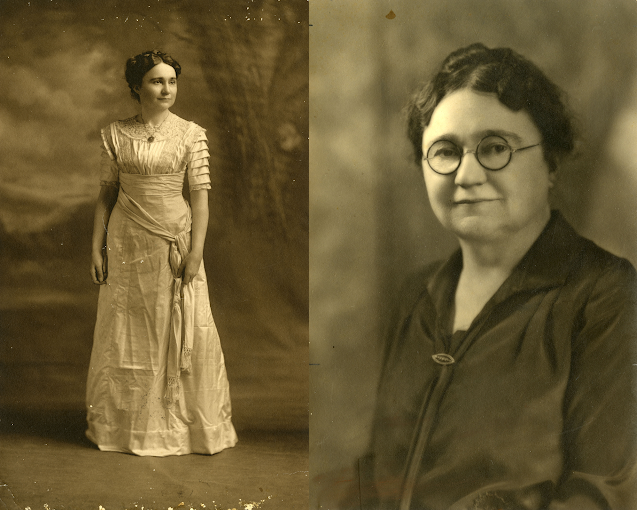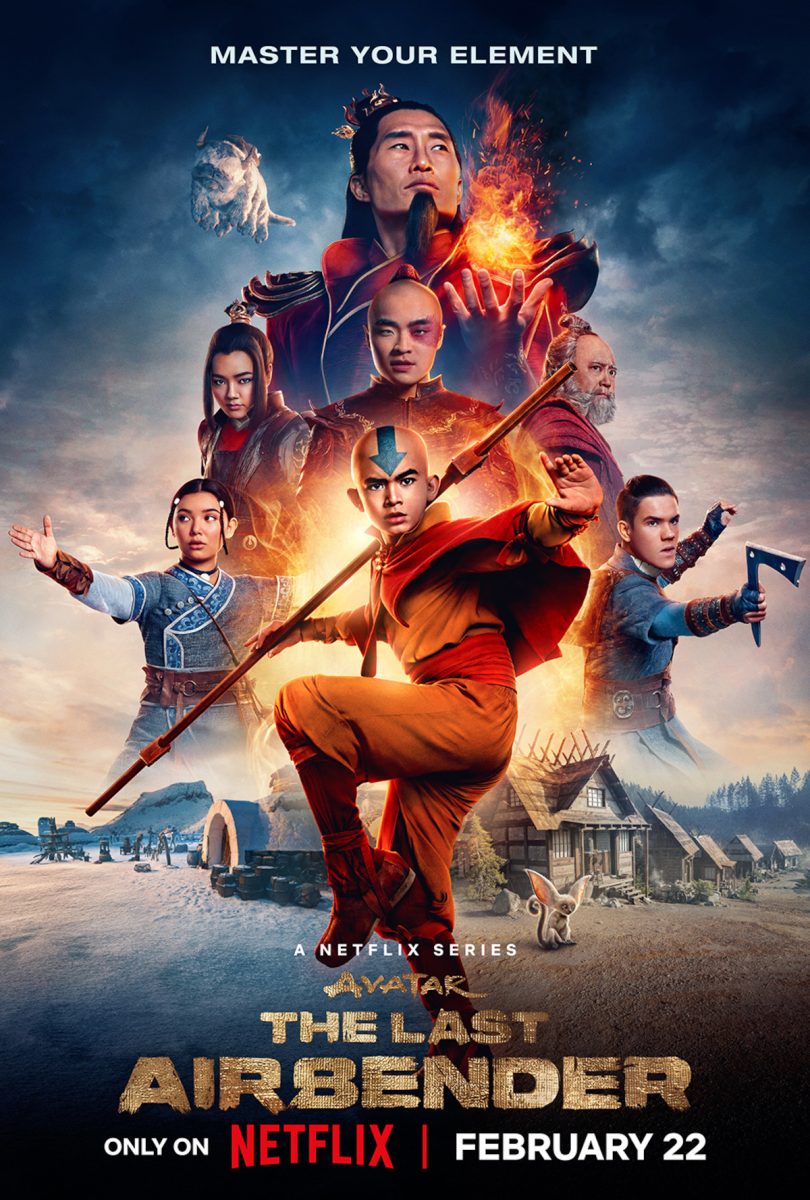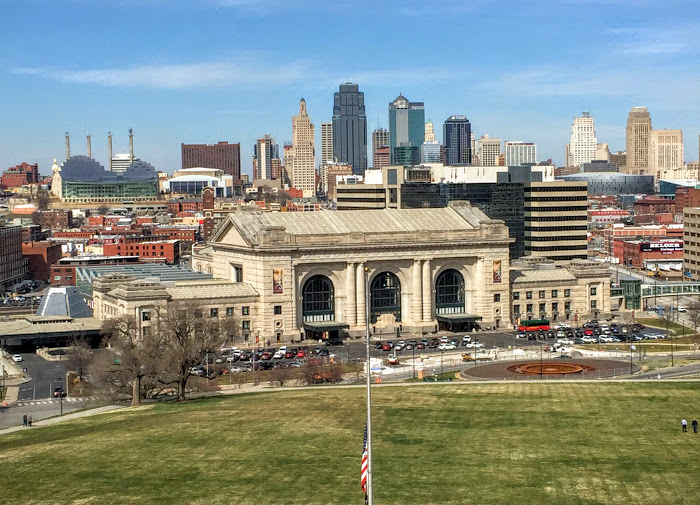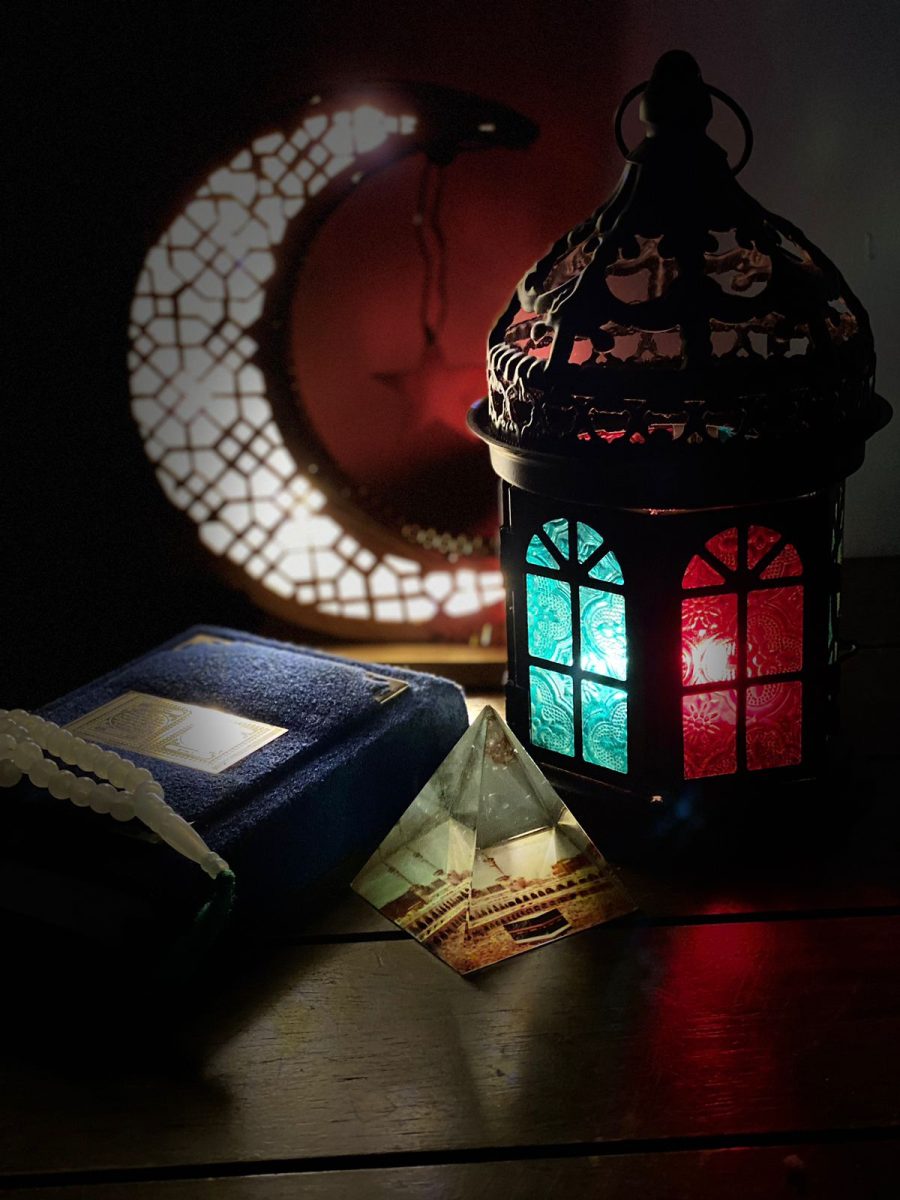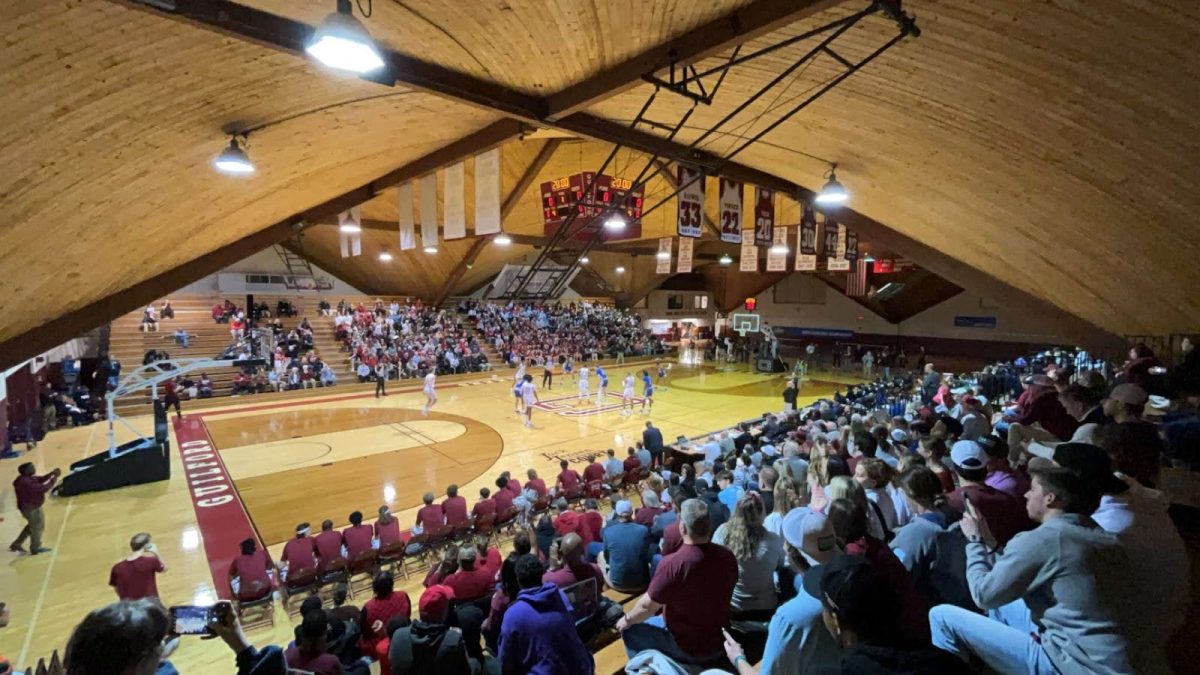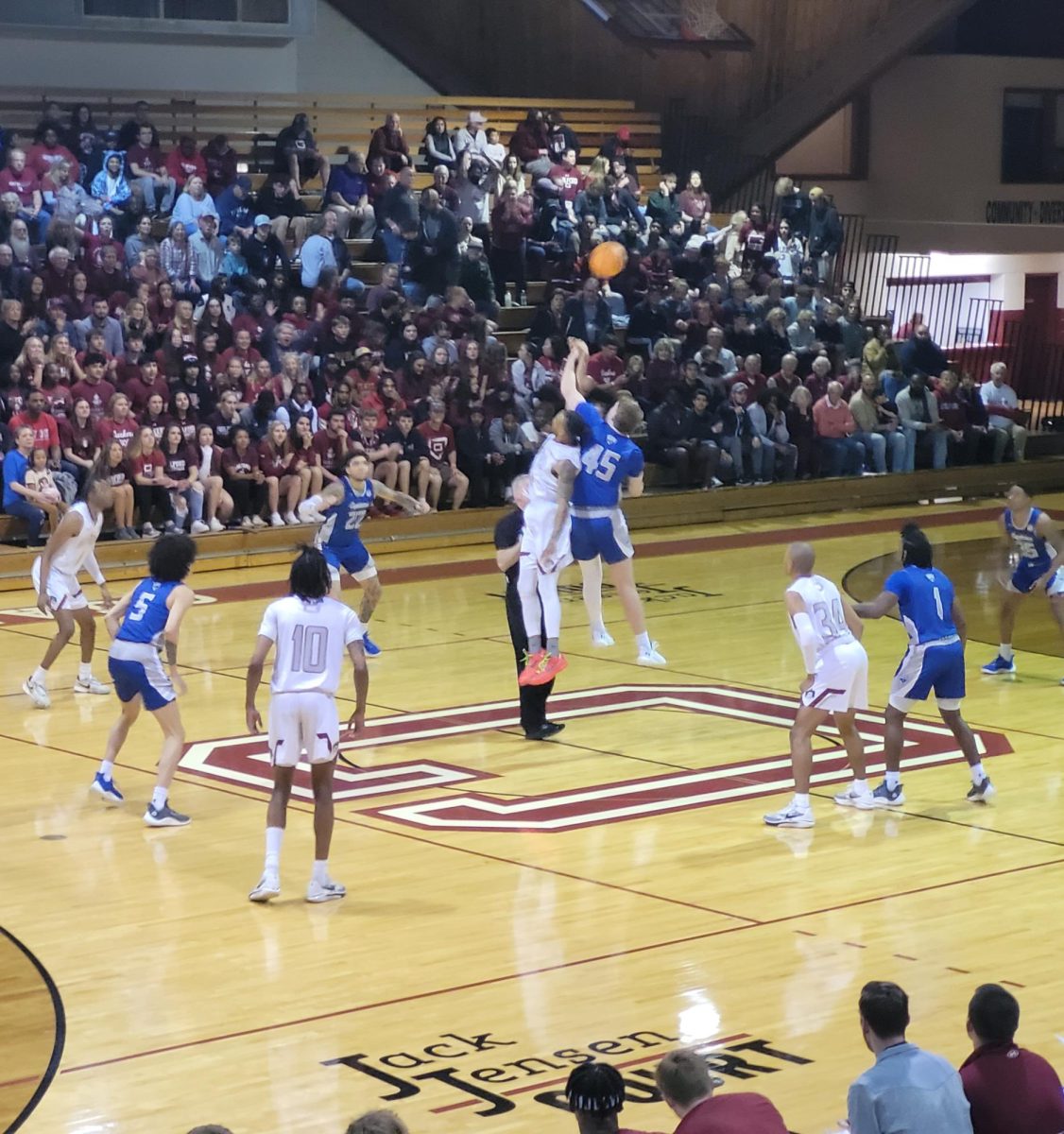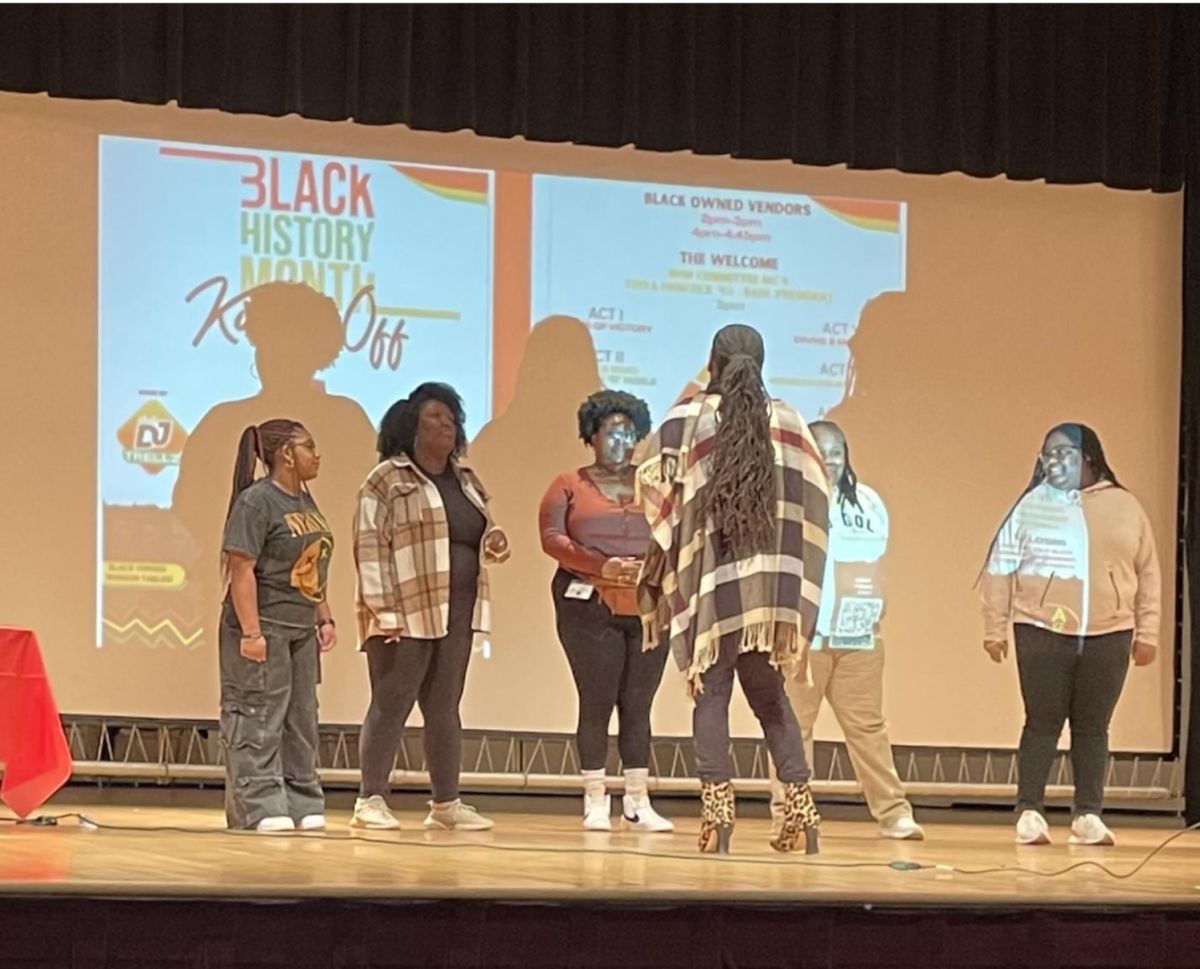On Sept. 18, Human Rights Photographer Todd Drake displayed his multimedia exhibition “Double Vision: Perspectives of Palestine” in the McMichael Atrium in Founders Hall.
The multifaceted exhibit featured an enthralling array of photos, narratives and videos taken by students living in West Bank and East Jerusalem.
Each image guides the viewer through a complex storyline, bringing to the surface the unsung voices of Palestinian youth. Drake’s exhibition enlightens viewers about many perplexing issues of human rights and social injustice in Palestine from two viewpoints.
“(One perspective is) as a son of the American South, where a well-known black and white double vision still exists,” said Drake. “And the other the vision of young Palestinians who have grown up with a narrative I can never fully know.”
In 2013, Drake spent three weeks in these communities teaching photography workshops to students experiencing the constant grapple for identity that exists in Palestine.
The exhibit works in many moving parts. About half of the photos are Drake’s own work taken during his stay in Palestine, and the others were taken by his students exploring forms of artistic expression.
“He is saying ‘hey kids, here’s some cameras, now tell your story,’” said senior art major Alejo Salcedo. “He is looking in and interacting with their culture and giving his perspective, while they are sharing their own stories.”
So, why does Drake aim his photography toward storytelling and activism?
“Research has shown that images and narratives are the way that we remember, so we remember stills, not movie clips,” said Drake. “We remember visuals, narratives and stories. What I am trying to do with my work is address the dehumanizing practices and stereotypes in our worldwide culture with new narratives and new images.”
Drake feels as though Americans tend to struggle with the idea of balancing two cultures and his goal is to confront this idea.
“How do we balance two narratives?” asked Drake. “Just like when your eyes are out of focus and you have double vision, you feel off-kilter.”
Drake guided the captivated group of onlookers to each photograph, while speaking on their individual stories. This prompted viewers to feel a strong sense of place as the narrative unfolded before their eyes and ears.
As he spoke, listeners understood his genuine concern and sincerity. He cares about each individual student he taught in these communities, and he takes it as his own responsibility to represent a culture that often goes unheard of.
Drake’s photographs were not merely images, they were glimpses into another life — a life filled with contradiction and irresolution.
As Drake and the group approached a breathtaking photograph that he created with one of his students, viewers were instantly mesmerized.
The subject was a youthful, beautiful Palestinian woman holding a mineral stone from the ground gingerly to her face. The photo was not only visually striking, it brought relevance to the connection between stones and Palestinian life.
“The experiences that I had going to the Western Wall and the Christian sites, where (stone) was laid, made me feel like the stones were the sources of the stories of this region,” said Drake. “There are stones everywhere (in Palestine) like there are pine trees everywhere in North Carolina.
“I challenged my students to use the stones to tell their story, and she and I created this strikingly beautiful portrait of her kissing a stone. I think that it sums up her and her people’s feelings to a ‘T.’”
Although many of Drake’s photographs, taken by both himself and his students, often depict the beauty and love Palestinians feel for their region, many of the pictures portray the strong juxtaposition of rest and unrest in the territory.
Many student artists chose to remain anonymous due to safety concerns.
A few of Drake’s most powerful personal photographs representing the anguish in Palestine were actually taken from moving cars. There was simply no option to stop to take a photograph.
Though Drake’s vision of bringing consciousness to the conflict in Palestine and Israel may be perplexing and at times dangerous, it unveils limitless virtue.
“For us to listen to the young Palestinian’s voices and to visualize their inner struggle and confusion allows us to view a raw and uncut truth,” said senior Hannah Schewel. “These are stories that you would never see on the news. Stories of what is happening now, behind closed doors.”



